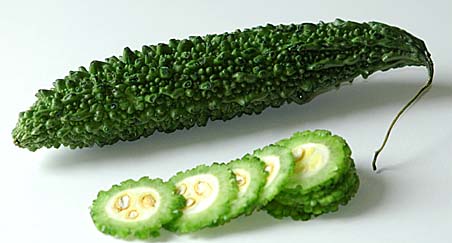TESTIMONY
PATIENT NAME: MR. KS
GANAPATHY (M.NO. 3755)
 Before I venture to relate my
experience, it is but proper for me to briefly write about my eye problem. It
is by pure coincidence that I came to realize that I had vision problem since I
had no symptoms whatsoever. I started wearing spectacles since the early 1970s.
even my diabetes came to be known only accidentally during early 1989. I have
been Dr mohan’s patient since then. Due to my strict diet regimen, proper
exercise and regular medicines, my diabetes is under control, thanks to
Almighty. I have also been going through annual eye checkups along with my
diabetes check up.
Before I venture to relate my
experience, it is but proper for me to briefly write about my eye problem. It
is by pure coincidence that I came to realize that I had vision problem since I
had no symptoms whatsoever. I started wearing spectacles since the early 1970s.
even my diabetes came to be known only accidentally during early 1989. I have
been Dr mohan’s patient since then. Due to my strict diet regimen, proper
exercise and regular medicines, my diabetes is under control, thanks to
Almighty. I have also been going through annual eye checkups along with my
diabetes check up.
During Oct/November 2010, during
my annual checkup at Dr Mohans Diabetes Specialities Centre, I was advised that
it was better to undergo surgery of both eyes as cataract had developed. With
the support and direct monitoring of Dr Mohan, an appointment was fixed with Dr
Sivakumar, Eye Surgeon and Consultant Ophthalmologist, DMDSC to whom I was
appraised of my health problems besides diabetes. He informed me that my left
eye had cylindrival power besides having high spherical power.
While my right eye surgery could
done using usual intraocular lens, Dr Sivakumar suggested that the left eye
needs to be done with “Toric lens” which could be made to order incorporating
suitable cylindrical values, thereby enabling me to use spectacles with lesser
weight and lesser spherical power after the operation for the near vision. For
this, details scans and investigations were done. While the right eye was
operated on 9/12/2010, for the left eye I had to wait for the “made to order”
toric lens which was arranged by Dr Sivakumar and this operation was
successfully done under the able and suave surgeon Dr Sivakumar on 4/7/2011.
After this operation there was remarkable improvement in my vision and I am
fully satisfied.
Even before the glasses were
prescribed, I could see that my vision had improved considerably. Dr Sivakumar
had told me before the operation that once the Toric lens was fixed, I would
see phenomenal improvement in my vision, which has been proved right. But for
Dr Sivakumar’s excellent and deft handling of the operation and the personal
care and attention that he had bestowed on me, I wonder what would have been my
position. I am obliged to Dr Sivakumar and to Dr Mohan who closely and
personally monitored the operation and my post operative care and follow-up
despite his numerous preoccupations and busy schedule. I have been troubling
both of them a quite frequently and they were always ready to extend their care
to me.
I wish to place on record the
excellent care and attention being given by the entire team of staff at DMDSC
at the operation theatre, the in-patient wards and the ophthalmology doctors,
the support staff such as optometrists, nurses, assistants and particularly
Mrs. Valli and her team. I will be failing in my duty if I do not make a
mention about the personal care that was extended to me by the late Dr Rema
Mohan. I do miss this doctor who was a compassionate human being besides an
excellent doctor. She was the embodiment of care, compassion and excellent
consideration for the health care/ treatment to the patients. In fact, the
Indira Eye Institute and a host of her patients like me, miss her very clearly.
Once again I wish to offer a big
“thank you” to Dr Mohan and Dr Sivakumar and the whole team at Dr Mohans Diabetes Spcecialities Centre. This
centre is thus not only a world class one for diabetes care but also for Eye Care
!
















